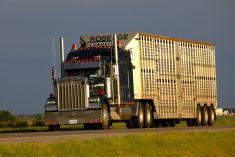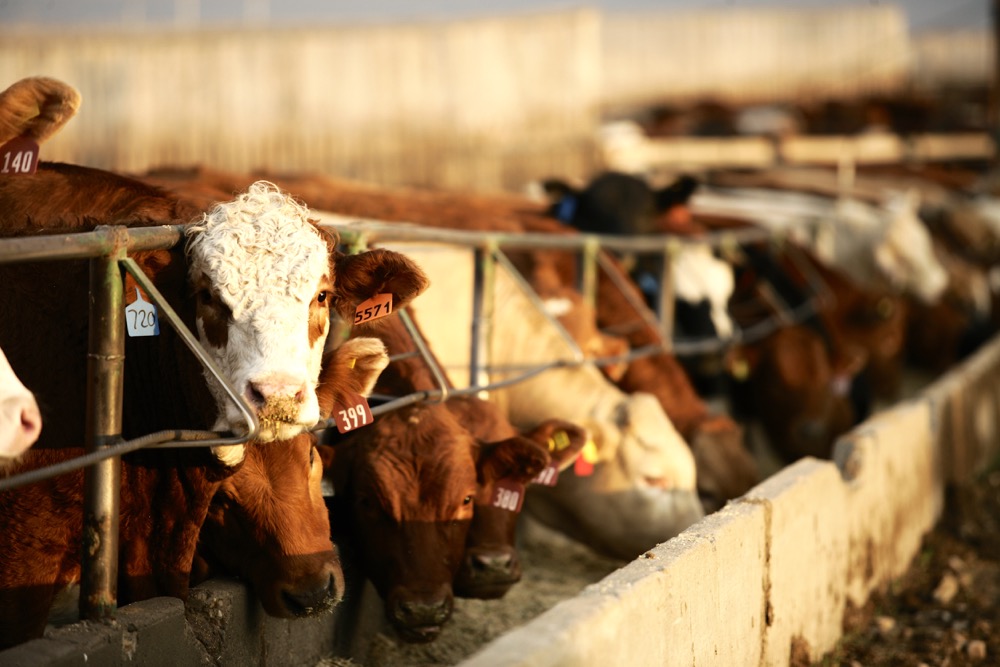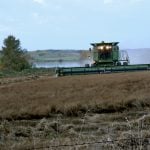Pain mitigation
Andrew Fisher, University of Melbourne
A number of presentations at this year’s summit dealt with pain in livestock and the responsibility of producers, veterinarians and everyone in contact with livestock to lessen discomfort whenever possible. It’s universally accepted that day-to-day husbandry practices include things that cause pain; procedures such as hot-iron branding, dehorning and castration. The question no longer sits as: “Should we be doing things to eliminate pain?” But rather, “Why aren’t we?”
Read Also

Treaty Land Sharing Network expands reach in Saskatchewan and Alberta
The Treaty Land Sharing Network, which connects land holders with First Nations and Metis people, has expanded since it began in 2018
Eliminating pain results in:
- Employees feeling better about what they do.
- The reality as humans that caring for animals is about providing basic necessities — pain control among them.
- Comfort about complying with codes of practice that are becoming more rigorous, and the comfort that comes with meeting consumer, public, legal and colleague expectations.
Cost-effective products are now available.
Staying ahead of the game is a professional responsibility for all production agriculture. Those wanting to blemish agriculture easily parade bad examples in front of detractors. Today’s communication capabilities heighten bad news stories.
Managing high-risk calves is another welfare issue, one often disregarded as a “cost of doing business.”
“The international community has moved from the idea that compassion for animals existed as a bizarre concept prior to the 1820s to one of credence and prevention of cruelty in the early 20th century. Late in the 20th century, animal welfare shifted to a duty of care, an expectation of industry wrote into codes of practice and law. The concept of animal welfare went through a transition from consumer opinion to one of consumer choice.”
Animal welfare means how an animal is coping with the conditions in which it lives. A good state of welfare means the five freedoms are met: freedom from thirst and hunger; freedom from discomfort; freedom from pain, injury and disease; freedom to express normal behaviour, and freedom of fear and distress. Implicit in the five freedoms is the presumption of disease prevention, veterinary treatment and humane slaughter.
Stages of engagement has moved us from the point of not wanting to mention the war to collectively identifying problem areas, addressing them and proactively targeting market interest in welfare. Big-ticket items like confinement, surgical and husbandry practices that cause pain, long-distance transport, and problems induced by the production environment, remain.
Regulations specifically sanctioned by the World Organization of Animal health (OIE) incorporated animal welfare into its statutes. A growing cluster of market forces governing international trade in livestock has done likewise. Animal welfare has become a component of purchasing decisions by corporations and is often integrated into product labels. Questions frequently arise over the cost and non-uniformity of welfare standards from one country to the next and how balance can be found in apparent trade “inequities” when standards differ.
Animal welfare will become part of how things are done
Cassandra Tucker, UC DAVIS
Animal welfare refers to the “state” of the animal, while animal treatment is covered under entities like animal care and animal husbandry. Modern welfare concerns emphasize care of the animal’s body (biological function), their nature (highly motivated behavior), and their minds (feelings or affective state).
Examples:
- By nature cows avoid wet lying areas, which reduces lying time, affecting the animal more than any other aspect of cow comfort. Rest is a high priority, even ahead of eating.
- Feelings such as pain affect behaviour. Pain control is important. Animal welfare is about much more than health, injury and productivity. A full appreciation of animal welfare includes understanding the animal’s perspective or how they feel.
Jeff Carroll USDA
ARS Livestock Issues Research Unit, Lubbock, Texas
Bovine respiratory disease (BRD) continues to be the leading cause of morbidity and mortality in feedlots in the United States and represents a major economic burden on the producer. The average cost per head to treat BRD is approximately $23.60 (USDA – APHIS, 2013). It is estimated 2018 costs may exceed $30 per head.
Annual industry losses from BRD top $800 million. BRD represents 70-80 per cent of all illness and 40-50 per cent of all deaths. Across the board, over 20 per cent of all feedlot cattle are affected.
Causes of variations in BRD susceptibility include:
- Natural variation — breed, sex, temperament.
- Management — vaccine protocols, weaning strategies, dietary supplements.
- Environment — cold stress, heat stress.
- Prenatal influences — maternal stress, pathogen exposure.
Mismanaged cattle in the Beef Supply Chain
Dr. Dan Thompson, Kansas State University
The true value of managing a calf properly has not been properly realized. We know what the five freedoms are, but they are poorly understood. Consumers won’t pay for it so we need to look at overall cost effectiveness of incorporating welfare into our businesses, including input costs, improved efficiency/health/closeouts, and improved sustainability.
We can’t overlook doing the right thing when it makes sense. The industry needs to consider:
- Effects of initial weight on death loss in feeder cattle weighing less than 400 pounds is five per cent and up, versus the steady decline to 900 pounds to less than one per cent.
- Commingling as a stressor. Assembling loads of feeder calves by one order buyer in a southeastern feedyard involved 32 sale barns.
- Transport a major issue. Not uncommon to haul cattle over eight hours. Air circulation in trailers becomes compromised. Metal tops cause huge temperature differences and environmental control is all over the map.
- Maternal separation a major issue with young, light weight calves.
- Food and water training of young stock is frequently overlooked.
- Common production mistakes include: failure to castrate early, horn removal in the bud stage, and preventing pregnant heifers from moving into feedlots.
Getting word to smaller producers would accomplish a lot. It’s about creating a culture versus checking a box. Many are willing to accept short-term gains at the risk of long-term choices. People with skin in the game don’t follow this mentality. For example: Why do we not precondition all calves?
- People still buy them.
- They are live animals and need care now.
- Cattle, like people, are not “fixer uppers.”
In closing, Thompson said to the audience: “Your farm tells a story; how will the next chapter begin?”

















